We’ve all heard of Earl Grey, right? But what exactly is bergamot? And why the heck is it in my cup of black tea?
Table of Contents
- Is it a Lemon? Is it a Pear? No, It’s a Bergamot!
- What’s in a Name?
- Turkish Origins
- Where Does Bergamot Grow
- The Citrus Bergamia Tree
- Is it Even Edible Though?
- So, What Does Bergamot Taste Like?
- And, What Does it Smell Like?
- A Highly Coveted Essential Oil
- What’s it Doing in My Earl Grey Tea?
Is it a Lemon? Is it a Pear? No, It’s a Bergamot!
Bitter, sweet, floral, and zesty, this is one highly complex and misunderstood fruit.
In fact, the bergamot is often mistaken for citrus hystrix. More commonly known as makrut lime (formerly kaffir lime) or, drum roll please, Thai bergamot!
That’s right. In Thailand, both citrus fruits, while very different, go by the same name. Don’t believe me? Just type bergamot into Google translate, the result comes back as makrud (also known as makrut).
This muddlement is presumably due to the name. And to a lesser degree, the yellow and lime coloured rind. Two red herrings that have likely earned many an intern the chop.
Easy mistake to make, right? Well, they are both citrus fruits. And they share the bergamot name. But other than the colour (and honestly, that’s a stretch) they couldn’t be more different.
Just look at the two side by side and you’ll see that it’s quite easy to distinguish between the different fruits.
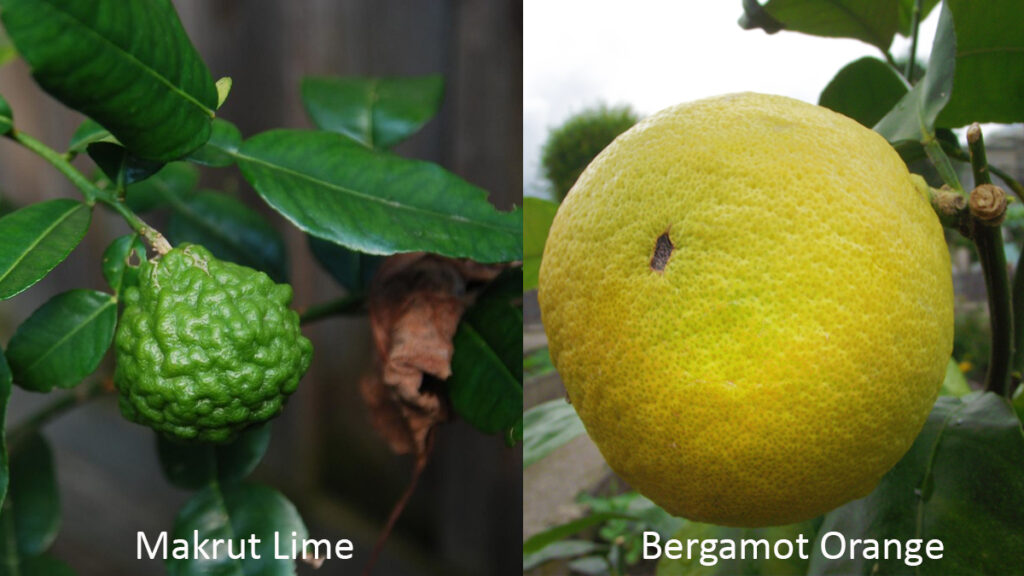
But that’s not the only case of mistaken identity. Another common blunder is confusing bergamot with citrus medica (etrog) and even citrus limetta risso (sweet lemon).
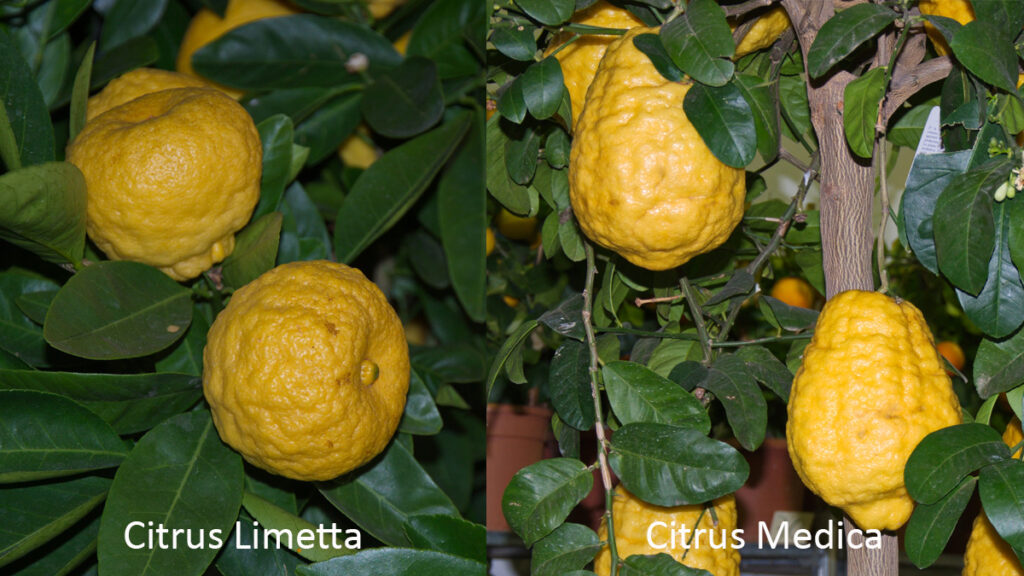
And just in case you thought that the bergamot orange has anything to do with the herbs bergamot (monarda didyma), bergamot mint (monarda fistulosa), or bergamint (monarda fistulosa) – it doesn’t.
What’s in a Name?
To further confuse things, the etymology of the bergamot sends some seriously mixed signals.
The bergamot orange (citrus bergamia) comes from the Latin word bergamotta in Italian and bergamote in French. According to historians, the first usage of these names dates back to the late 17 century.
It’s thought that bergamot was named after the Northern Italian town known today as Bergamo. Prior to that, the town was called Bergŏmum (in the original Latin).
Seems simple enough so far. But wait. The bergamot fruit’s origins go back much further than that.
Before becoming a Roman municipality, the ancient and mountainous town of Bergomum was a Celtic settlement for the Cenomani tribe.
Bergomum (Bergamo’s original name) comes from the Celtic word brigant, meaning high, lofty, elevated. Or, in Ligurian, berg, meaning mountain. Interestingly enough, berg (and its meaning) is still used in the German language today.
And there’s more.
Turkish Origins
Some say that the name bergamot name evolved from the Ottoman Turkish word beg-armudi meaning prince’s pear. Or, bey-armudu and in Modern-day Turkish, which translates to lord’s pear. While bey-armut, another Turkish word of the same meaning, stems from the Persian word amrūd (or ūrmōd).
This combined with its pear-shaped exterior occasionally sees the bergamot wrongly confused with poirier bergamote or bergamot pear – a very different fruit of the same name.
Where Does Bergamot Grow
A hybrid between sweet lemon (citrus limetta) and bitter orange (citrus aurantium), the bergamot is about the size of your average orange (approx. 5-8 cm).
This citrus fruit is mostly round. But its elongated shape does bear some resemblance to a pear. And, depending on the ripeness, the bergamot’s colour ranges from yellow to green.
More than 90% of bergamot is grown in the province of Reggio di Calabria in Southern Italy.
However, this bitter citrus can also be found in Algeria, Argentina, Brazil, Mauritius, Turkey, the Ivory Coast, South-East Asia, the South of France and even other parts of Italy.
A whopping 90% of bergamot is grown in the province of Reggio di Calabria, Italy which occupies the Ionian Sea coastline.
But, the fruit seems to primarily thrive in the microclimate of Calabria and not Bergamo (located in Northern Italy) at all.
In fact, even Sicily, which is in close proximity to the Reggio di Calabria peninsula, is unable to successfully grow this unusual fruit. This has earned the fruit grown in this region Protected Designation of Origin status (PDO).
The Citrus Bergamia Tree
The scientific name of the bergamot tree is citrus bergamia and it’s part of the Rutaceae family.
The plant itself is a small, low-hanging, perennial tree that grows to about 4-9 meters (12-27ft) high.
The flowers start to blossom during the summer and autumn months. Then, when winter begins (December to March), it’s ready to be harvested. Much like your typical orange.
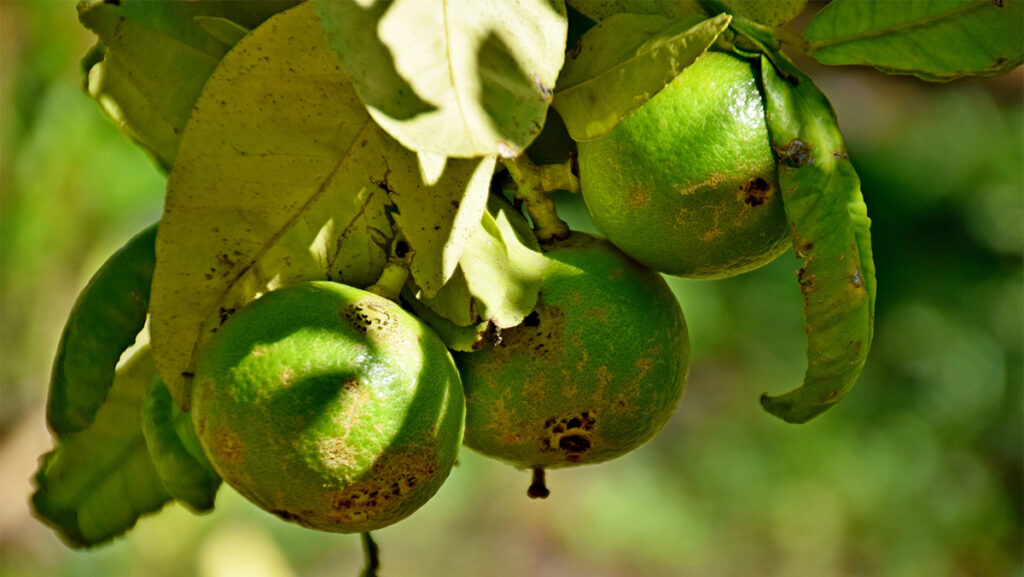
There are actually four different varieties of the bergamot plant – Calabrese, Femminello, Castagnaro and Fantastico.
However, the most commonly grown and cultivated citrus bergamia is the Fantastico. This modern hybrid tends to produce a higher yield compared to its older counterparts.
Is it Even Edible Though?
Despite what some people think, the bergamot is indeed edible.
For instance, places like Mauritius use bergamot for the juice. Antalya, Turkey, on the other hand, uses bergamot to make marmalade and Turkish Delight.
I’ve even heard of people using bergamot to make lemonade, vinaigrettes, cakes, pastries, curds, syrups, gelato, granita, and cocktails.
When it comes to savoury dishes, this unique floral and citrus ingredient is said to pair well with seafood and pasta dishes.
And as we all know, bergamot oil is a key component in Earl Grey tea, Cointreau and a range of bitter-tasting aperitifs.
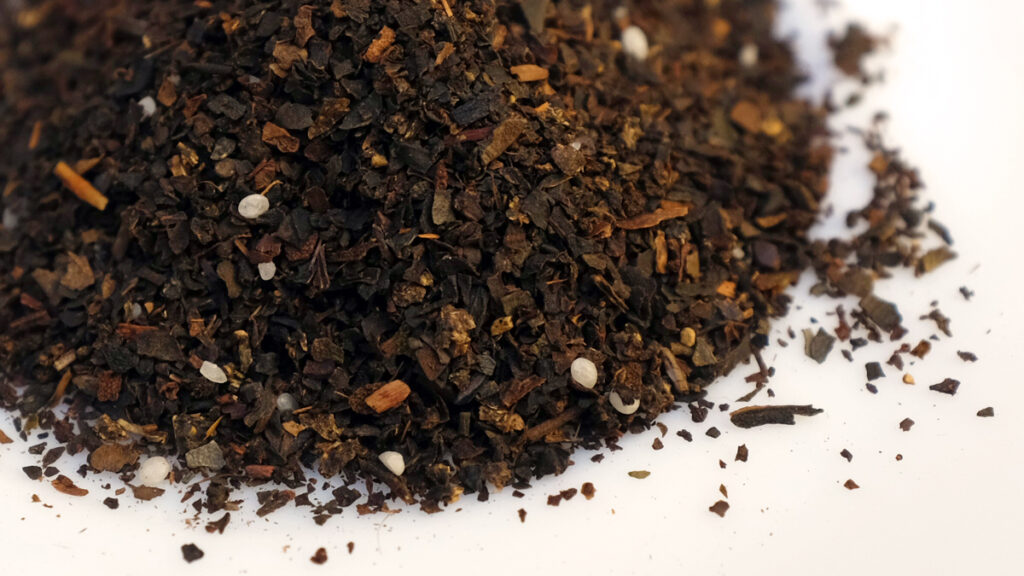
However, some people may find the intense bergamot flavour unpalatable in large quantities. Particularly when you take into account its high acid and furanocoumarins content. Not forgetting the link to muscle cramps, dizziness, and heartburn when consumed in large quantities.
So, What Does Bergamot Taste Like?
Pinning down the taste of bergamot can be a little tricky.
As a hybrid citrus fruit, there are a lot of complex flavours vying for attention. For this reason, it draws a lot of comparison to other fruits. But it somehow works. Especially when paired with the right black tea as evident with Earl Grey.
Sharp, sweet, and ever so bitter, the bergamot has been likened to a floral lemon, sour-tasting orange and even a less bitter grapefruit. That said, it’s somehow not quite as tart as a lemon or sweet as an orange. Instead, sitting somewhere in between.
However, while some may find it “soapy”, it’s that delicate floral flavour of bergamot that sets it apart from its cousins. And that’s why it works so well in Earl Grey tea.
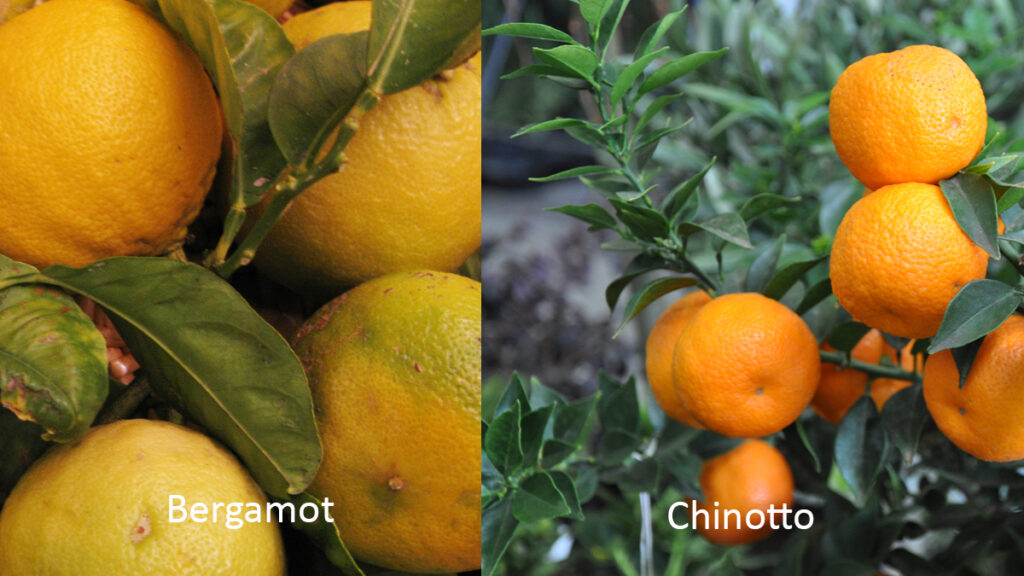
In terms of flavanones, the chinotto orange (part of the same Rutaceae family) is the most comparable to a bergamot. The chinotto shares the same 7-O-neohesperidoside components and the flavanone 7-O-rutinoside (eriocitrin) with it.
When it comes to flavour, chinotto is sour like bergamot but much sweeter. Because of this, chinotto is often used in Italian boiled sweets. And to make drinks like Sanpellegrino Chinotto (Italy) and Kinnie (Malta).
In contrast, the bitter and floral flavour of bergamot is largely reserved for Earl Grey tea, perfumes, and cleaning products.
And, What Does it Smell Like?
The smell of bergamot is extremely aromatic. Just scratch the skin and a burst of citrus, lavender, and even men’s cologne will fill the air.
The zesty, peppery, crisp, and floral scent is said to lift your mood.
For this reason, it’s often used in aromatherapy to reduce anxiety and stress.
And despite having fragrant flowers, it’s actually the rind and zest that’s used to make the essential oil.
A Highly Coveted Essential Oil
Around 80-85% of all bergamot fruit is used to produce the essential oil. With Reggio di Calabria dominating the marketplace.
Over 50% of all oil produced goes to the perfume market. While 40% goes to the aromatherapy market. Flavouring takes up just 10% and is primarily used in Earl Grey tea.
The rest of the crop (15-20%) is sold to consumers and culinary establishments as fresh fruit.
Due to the sheer amount of cold-pressed rind and zest that’s needed to make it, bergamot oil is relatively expensive compared to other citrus oils.
To give you an idea of what’s required, 200KG of fruit provides you with just 1L of bergamot essential oil.
This has led to an influx of cheaper additives, alternatives, and synthetic oils being used in its stead.
And this includes a lot of today’s tea makers. Many of them opting to use a cheaper bergamot flavouring instead of natural oil in their Earl Grey blend.
Thankfully machinery has streamlined the production of the essential oil. In the 17th Century, everything was hand-pressed to make Eau de Cologne.
This, together with the decline in demand, has seen the price drop over the years.
What’s it Doing in My Earl Grey Tea?
The history of Earl Grey tea is, let’s say, a little complicated.
Some think that it was a happy accident, others a diplomatic gift. Or if Twinings are to be believed, a blend made at the request of Charles Grey, the Second Earl Grey.
And while there’s no firm origin story. There’s no denying that this highly utilised fruit works wonders in black tea.
Even Queen Victoria was said to have enjoyed a cup of the bergamot flavoured tea from time to time.

